TIPS TO PREVENT THE WEAR OF YOUR JEWELRY
DAILY WEAR
Your pieces of jewellery are precious objects of which the longevity depends on care. We recommend that you follow these few basic tips on a daily basis. Handle your jewels with caution. For example, it is important to take them off when you wash your hands or when you practice certain activities such as sports or gardening. Avoid exposing your jewellery to sources of intense heat, such as a blazing sun. Keep your jewellery away from perfume, detergents, chemicals or cosmetics that may permanently alter the colour and aspect of their natural materials.
CLEANING
Jewellery must be cleaned on a regular basis. If they include stones or pearls, they must be entrusted to professionals who will clean them without damaging the pieces. If not, you can clean them with a soft dry cloth and sometimes, use a soft brush and soapy water, followed by a rinse in clear water.
You are invited to visit our boutique at least once a year for a professional cleaning treatment. Note that the professional cleaning of our creations is offered free of charge.
STORING
When a jewel comes into contact with other pieces of jewellery, it can suffer shocks and scratches. It is unwise, therefore, to store several pieces together without protection. We recommend that you store the items individually in their respective cases provided at the time of purchase.
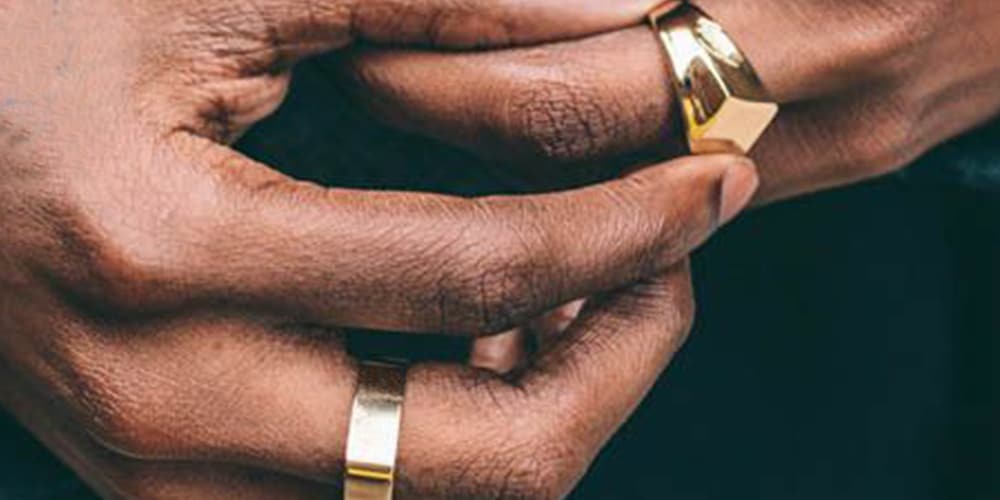
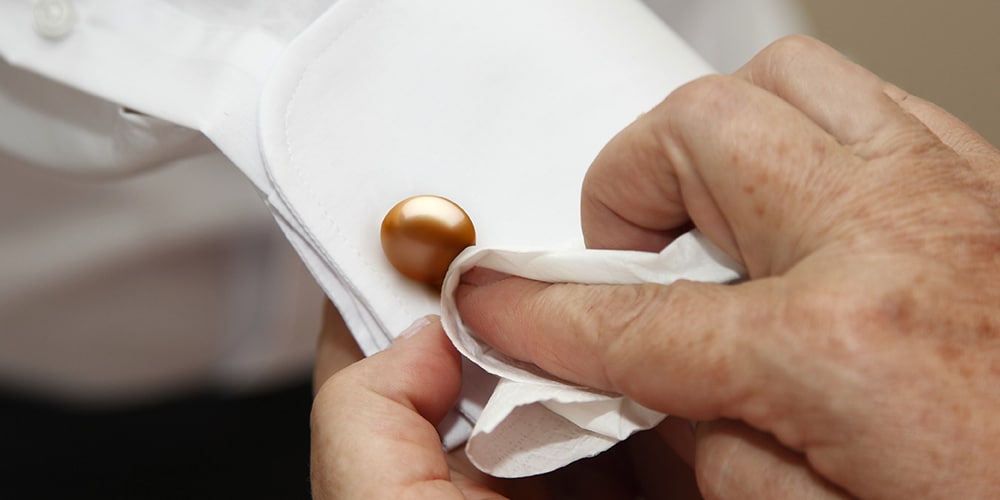
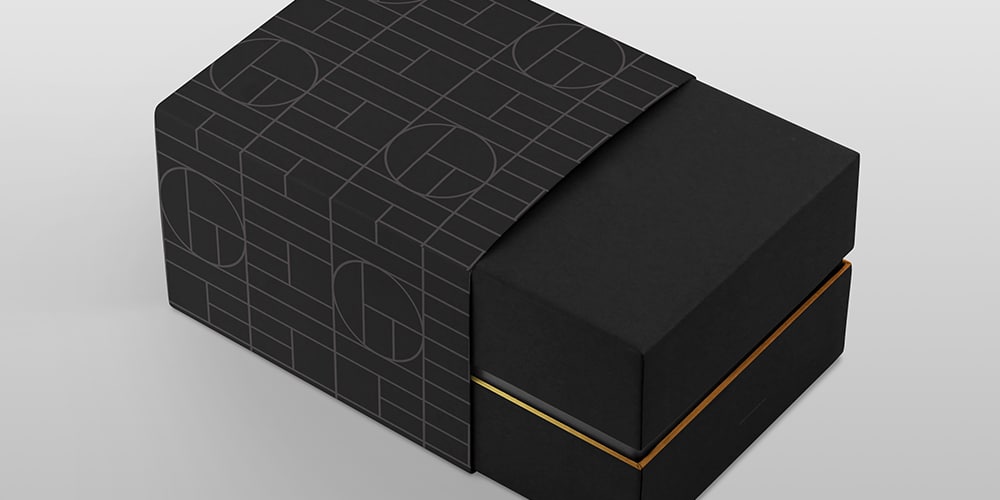
DIAMOND
The diamond is the hardest gemstone to be found, as well as the one with the most beautiful sparkle. This means that it can’t be scratched by another stone except, of course, another diamond, but it can easily scratch all other materials. Despite being the hardest gem, the diamond is a fragile stone that remains sensitive to shocks. We recommend that you store your diamond jewellery in separate cases.
PEARL
The pearl, be it natural or cultured, is produced by living organisms. It consists of organic material that naturally regenerates itself upon contact with air. Though it is relatively resistant to impacts, its very porous surface renders it particularly sensitive to chemicals. It is crucial, therefore, to avoid all contact between the pearl and all cosmetics, perfumes, detergents, and chemicals in general.
COLOURED GEMSTONES
Coloured stones come in a great variety of colours and each of them has its own set of unique properties. Some of these stones are particularly hard and are greatly shock-resistant (sapphires and rubies, for example), while others are more fragile (like the emerald or the tanzanite). The so-called “ornamental” stones, such as coral, lapis-lazuli or turquoise, are porous and easily altered by chemicals.
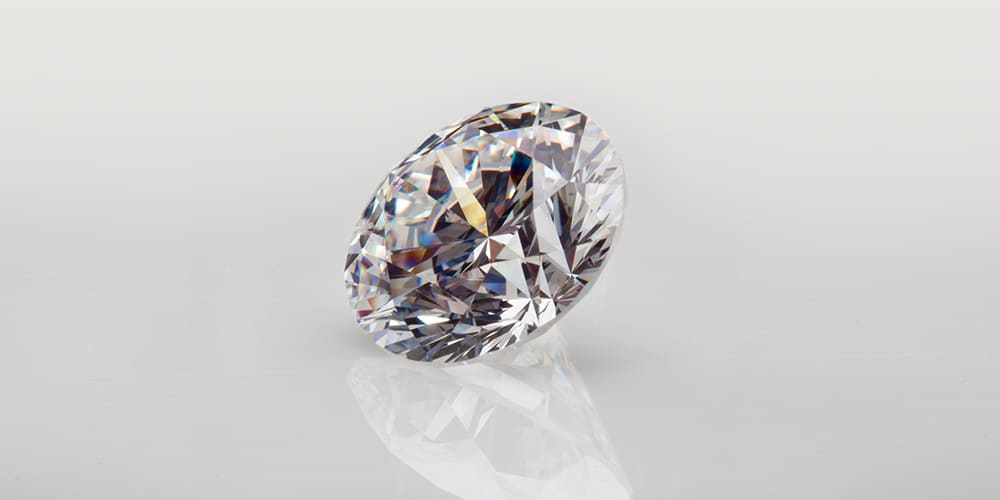
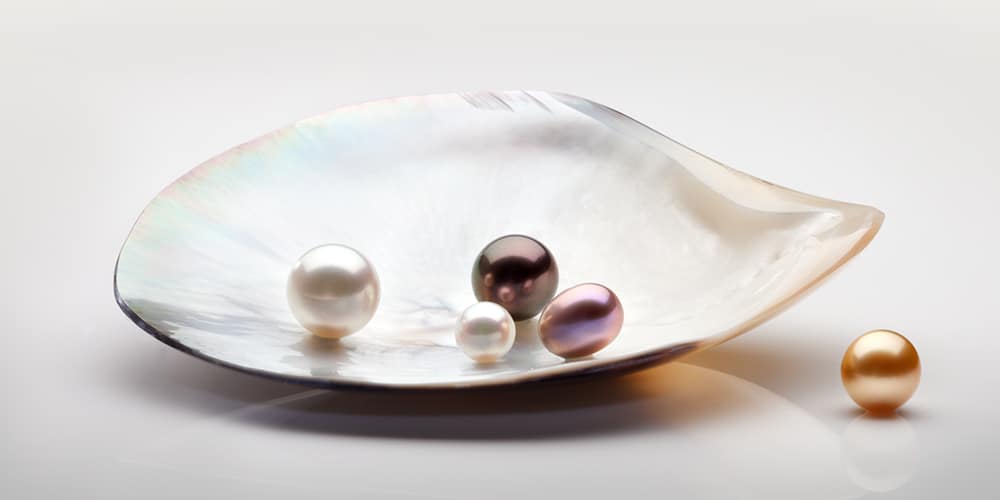
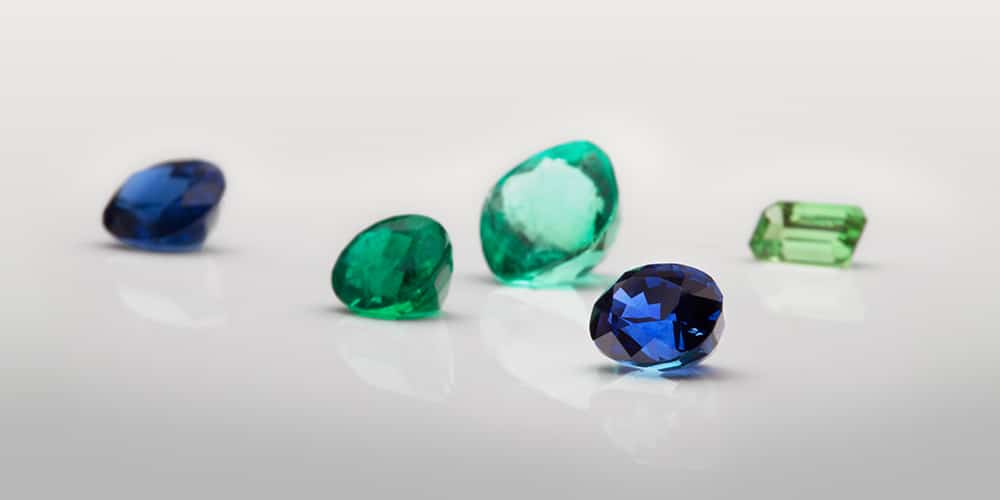
GOLD
Pure gold is extremely malleable. That is why it is always alloyed, a process designed to enhance its resistance. The various metals used in these alloys also allow to alter the naturally yellow tint of the gold to obtain white gold, pink gold, etc.
We use 18K gold in our creations, that is an alloy comprised of 75% pure gold. The alloying process renders them impervious to exposure to air and water. Thus, our creations can not be distorted or damaged.
When gold jewellery is tarnished or scratched, it can easily be repolished to restore its original brilliance.
PLATINUM
SILVER
Silver is undoubtedly the most common precious metal. It is also the most inexpensive and abundant. Silver is commonly used just consider cutlery, silverware, coins, etc.
As with other precious metals, pure silver is never used in jewellery. Sterling silver, i.e. 925 silver, is the one used in our jewellery collection. Vermeil is, on the other hand, fine silver plated with yellow gold.
When sterling silver jewellery is tarnished or scratched, it can easily be repolished to restore its original brilliance.
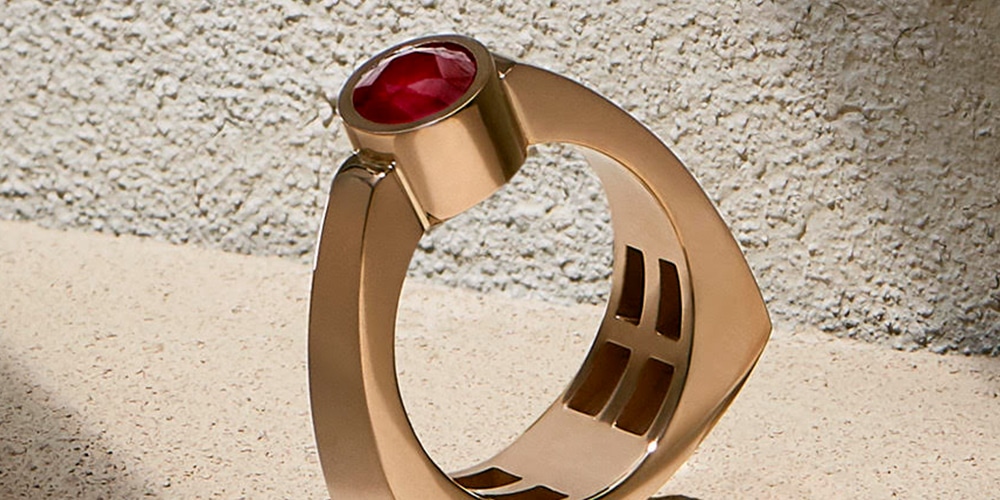
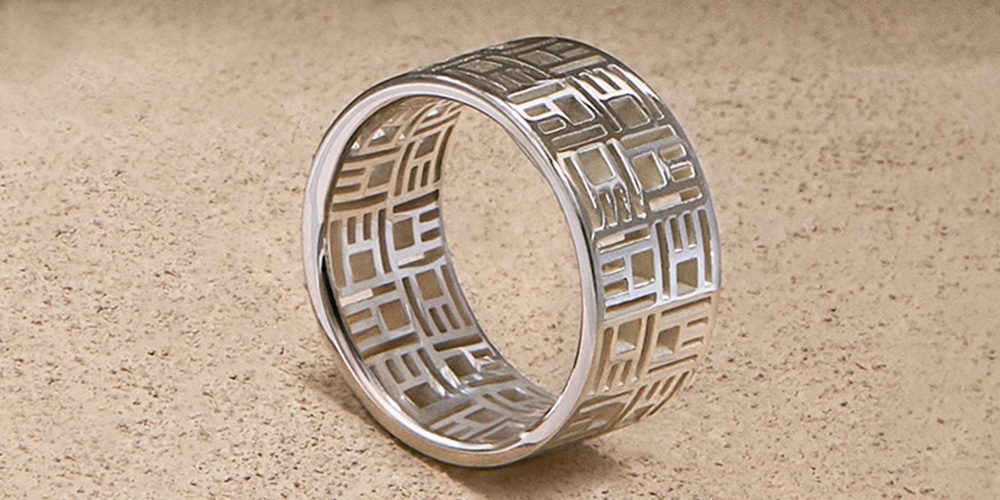

CARE TIPS
DAILY WEAR
Your pieces of jewellery are precious objects of which the longevity depends on care. We recommend that you follow these few basic tips on a daily basis. Handle your jewels with caution. For example, it is important to take them off when you wash your hands or when you practice certain activities such as sports or gardening. Avoid exposing your jewellery to sources of intense heat, such as a blazing sun. Keep your jewellery away from perfume, detergents, chemicals or cosmetics that may permanently alter the colour and aspect of their natural materials.

CLEANING
Jewellery must be cleaned on a regular basis. If they include stones or pearls, they must be entrusted to professionals who will clean them without damaging the pieces. If not, you can clean them with a soft dry cloth and sometimes, use a soft brush and soapy water, followed by a rinse in clear water.
You are invited to visit our boutique at least once a year for a professional cleaning treatment. Note that the professional cleaning of our creations is offered free of charge.

STORING
When a jewel comes into contact with other pieces of jewellery, it can suffer shocks and scratches. It is unwise, therefore, to store several pieces together without protection. We recommend that you store the items individually in their respective cases provided at the time of purchase.

DIAMOND
The diamond is the hardest gemstone to be found, as well as the one with the most beautiful sparkle. This means that it can’t be scratched by another stone except, of course, another diamond, but it can easily scratch all other materials. Despite being the hardest gem, the diamond is a fragile stone that remains sensitive to shocks. We recommend that you store your diamond jewellery in separate cases.

PEARL
The pearl, be it natural or cultured, is produced by living organisms. It consists of organic material that naturally regenerates itself upon contact with air. Though it is relatively resistant to impacts, its very porous surface renders it particularly sensitive to chemicals. It is crucial, therefore, to avoid all contact between the pearl and all cosmetics, perfumes, detergents, and chemicals in general.

COLOURED GEMSTONES
Coloured stones come in a great variety of colours and each of them has its own set of unique properties. Some of these stones are particularly hard and are greatly shock-resistant (sapphires and rubies, for example), while others are more fragile (like the emerald or the tanzanite). The so-called “ornamental” stones, such as coral, lapis-lazuli or turquoise, are porous and easily altered by chemicals.

GOLD
Pure gold is extremely malleable. That is why it is always alloyed, a process designed to enhance its resistance. The various metals used in these alloys also allow to alter the naturally yellow tint of the gold to obtain white gold, pink gold, etc.
We use 18K gold in our creations, that is an alloy comprised of 75% pure gold. The alloying process renders them impervious to exposure to air and water. Thus, our creations can not be distorted or damaged.
When gold jewellery is tarnished or scratched, it can easily be repolished to restore its original brilliance.

PLATINUM

SILVER
Silver is undoubtedly the most common precious metal. It is also the most inexpensive and abundant. Silver is commonly used just consider cutlery, silverware, coins, etc.
As with other precious metals, pure silver is never used in jewellery. Sterling silver, i.e. 925 silver, is the one used in our jewellery collection. Vermeil is, on the other hand, fine silver plated with yellow gold.
When sterling silver jewellery is tarnished or scratched, it can easily be repolished to restore its original brilliance.

